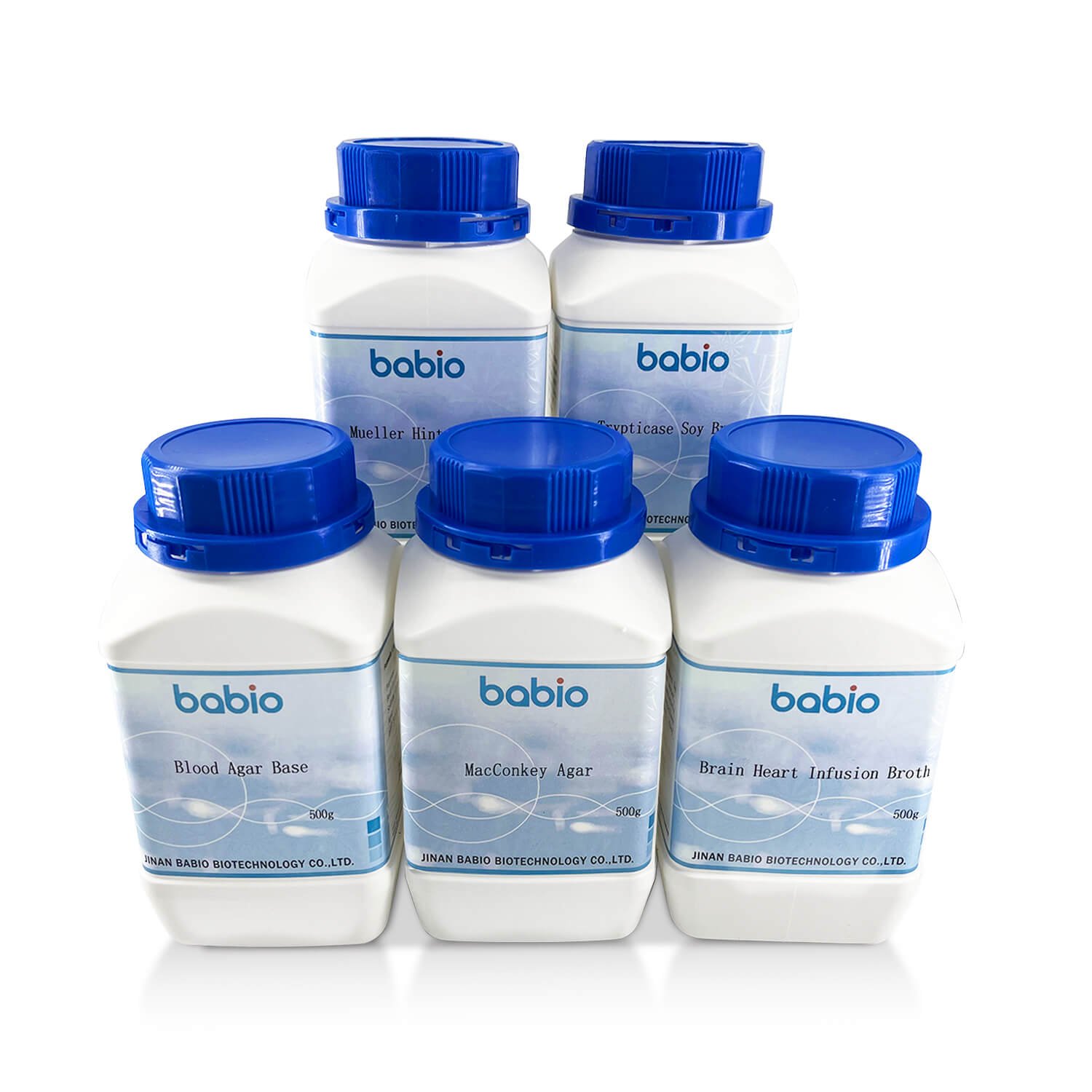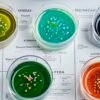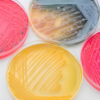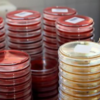
Microbial testing plays a vital role in diagnostics, environmental monitoring, food safety, pharmaceuticals, and research. At the core of these procedures are Petri dishes, a fundamental tool for culturing and analyzing microorganisms. As laboratory standards evolve, ready-to-use Petri dishes are becoming the preferred solution for many professionals. These pre-prepared culture plates offer consistency, safety, and efficiency, revolutionizing the way microbial testing is performed.
1. Time Efficiency in Laboratory Operations
In traditional workflows, preparing culture media manually involves multiple steps: measuring dehydrated media, dissolving, sterilizing, pouring into sterile dishes, and allowing it to cool. This not only consumes valuable time but introduces several points of potential error. With ready-to-use Petri dishes, laboratories eliminate preparation time and can immediately proceed with testing. This streamlined approach significantly enhances overall productivity.
2. Improved Accuracy and Consistency
Precision is critical in microbial studies. Even minor inconsistencies in media preparation can affect microbial growth and skew results. Ready-to-use Petri dishes are manufactured under stringent quality controls to ensure uniform pH, thickness, and nutrient content. This level of consistency leads to highly reproducible results across different test runs and analysts.
3. Reduced Contamination Risk
Manual media preparation is inherently prone to contamination—from airborne particles to improperly sterilized containers. Ready-to-use Petri dishes are sterilized and sealed under controlled environments, minimizing the risk of contamination. This ensures that test outcomes truly reflect the target microorganisms and not unintended external agents.
4. Cost-Effective for High-Throughput Labs
While the unit cost of a ready-to-use dish may be higher than homemade alternatives, the overall savings are substantial. Reduced labor, fewer equipment requirements, and lower error rates contribute to long-term cost-efficiency. Laboratories with high testing volumes especially benefit from this model, as it allows them to scale operations without adding complexity.
5. Enhanced Lab Safety and Cleanliness
Handling hot agar, chemical additives, and autoclaves introduces potential hazards. Ready-to-use Petri dishes improve lab safety by removing the need to handle heated liquids and chemicals. Additionally, fewer spills and less cleanup reduce exposure to pathogens and contaminants.
6. Optimized for Various Microbial Applications
Ready-to-use Petri dishes are available in a wide range of media types designed to support bacteria, fungi, yeast, and other microorganisms. Whether the testing involves environmental samples or clinical diagnostics, there are tailored solutions for selective, differential, or enriched cultures. This flexibility supports diverse workflows in microbiology.
7. Better Inventory and Quality Control
Standardizing culture media simplifies inventory management. Labs can maintain consistent stock levels, and incoming batches are already quality-tested, removing variability. This also facilitates regulatory compliance and traceability, which are essential in industries governed by strict QA standards.
8. Eco-Friendly and Waste-Reducing Options
Many manufacturers now offer eco-conscious options, including recyclable plastic or biodegradable packaging. Furthermore, reducing batch failures due to human error means less waste overall—supporting greener lab practices.
Recent Posts
- Breaking Down the Role of Culture Media in Pharmaceutical Research
- A Guide to Using Culture Media for Strict European Cosmetic Safety Compliance
- The Role of Culture Media in Ensuring Accurate Cosmetic Microbial Testing
- Transport Media and Their Role in Microbial Sample Transport
- How Culture Media Impact the Precision of Cosmetic Microbial Testing



